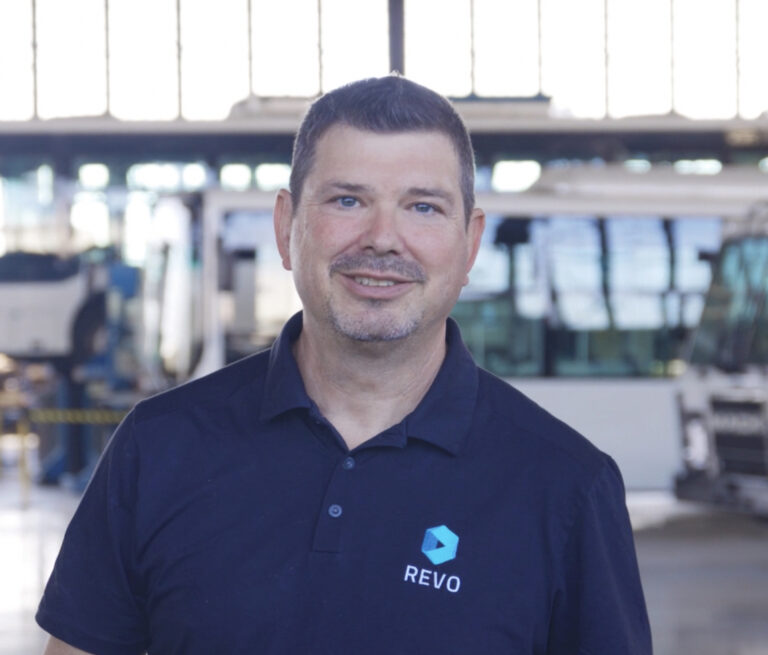

Finally, from a morphologic point of view, the support of TiO 2 over CNT and rGO avoids particle agglomeration and, thus, improves the homogeneous dispersion of this semiconductor and the availability of most active centers.Ĭonsidering the above, the combination of N-doped TiO 2 with carbon supports has been recently proposed and reported in literature. Even more, the conductive structure of CNT and rGO scaffolds is believed to favor the separation of the photo-generated electron-hole pairs through the formation of heterojunctions (Scottky barrier) at the TiO 2/CNT or TiO 2/rGO interfaces. Further, CNT and rGO can provide large specific surface areas for photocatalysis. However, the increases achieved in visible light absorption and lifetime of the electron-hole pairs photogenerated with this catalytic material are still limited.įortunately, this limitation can be alleviated by supporting the upgraded semiconductor on carbon nanotubes (CNTs) or reduced graphene oxide (rGO), since both carbon materials can increase the generation of excitons and reduce their recombination rates thereby promoting a cooperative and synergistic effect that can enhance the overall efficiency of the photocatalytic process. Moreover, N atoms also prevent the recombination of charge carriers in N-doped TiO 2 and can form metastable centers due to their stability, low ionization potential and having an atomic radius comparable with oxygen. Particularly, doping with N atoms into the TiO 2 lattice structure leads to the generation of N 2p energy levels near to the valence band (VB) of TiO 2, thus reducing its band gap and extending semiconductor light absorption to the visible spectrum. Compared with metal doping, non-metal dopants lead to catalysts with higher photo-stability, less environmental contamination, and lower cost. Non-metal doping is another approach suggested to improve TiO 2 performance. To overcome these drawbacks, different strategies have been proposed, such as doping with transition metal cations, using enhanced geometries or photocatalyst supporting on carbon materials. However, its application is limited because of its relative wide band gap (3–3.2 eV) and rapid recombination rate of photo-induced electron-hole pairs. Īs in many other environmental and energy applications, titanium dioxide has been the photocatalyst more widely used for the conversion of CO 2 to fuel, mainly due to its photoactivity, high stability, low cost, and safety. However, CO 2 is an extremely stable compound, and photocatalytic CO 2 reduction with solar light still remains a challenge, mainly because of low solar energy conversion efficiency, backward reaction phenomenon, uncontrolled product selectivity and rapid electron-hole recombination rate of the photocatalyst. The use of photocatalytic technology to chemically reduce carbon dioxide (CO 2) into hydrocarbons not only transforms this greenhouse gas into reusable fuel, but also helps alleviate global warming. These rates are four times and almost forty times higher than the CO and CH 4 production rates observed with commercial TiO 2 P25. Regarding the activity of the catalysts, the highest production rates of CO (8 µmol/gTiO 2/h) and CH 4 (4 µmol/gTiO 2/h) were achieved with composite N 1/TiO 2/rGO and N 1/TiO 2 nanoparticles, respectively, where superscript represents the ratio mg N/g TiO 2. Thus, whereas N-doped TiO 2 nanoparticles led to a gaseous mixture, where CH 4 formed the majority compared to CO, N-doped TiO 2/CNT and N-doped TiO 2/rGO composites almost exclusively generated CO. The activity and selectivity of catalysts varied depending on the investigated material. It was imputed to the synergistic effect of N doping (reduction of semiconductor band gap energy) and carbon support (enlarging e −-h + recombination time).

The as-prepared photocatalysts exhibited enhanced photocatalytic performance compared to TiO 2 P25 commercial catalyst during the photoreduction of CO 2 with water vapor. CNT and rGO were used as supports, triethylamine and urea as N doping agents, and titanium (IV) tetraisopropoxide and ethanol as Ti precursor and hydrolysis agent, respectively. Thus, N-doped TiO 2 and two types of composites, N-doped TiO 2/CNT and N-doped TiO 2/rGO, were prepared by a new environmentally friendly one-pot method. The objective of this work was to analyze the effect of carbon support on the activity and selectivity of N-doped TiO 2 nanoparticles.


 0 kommentar(er)
0 kommentar(er)
